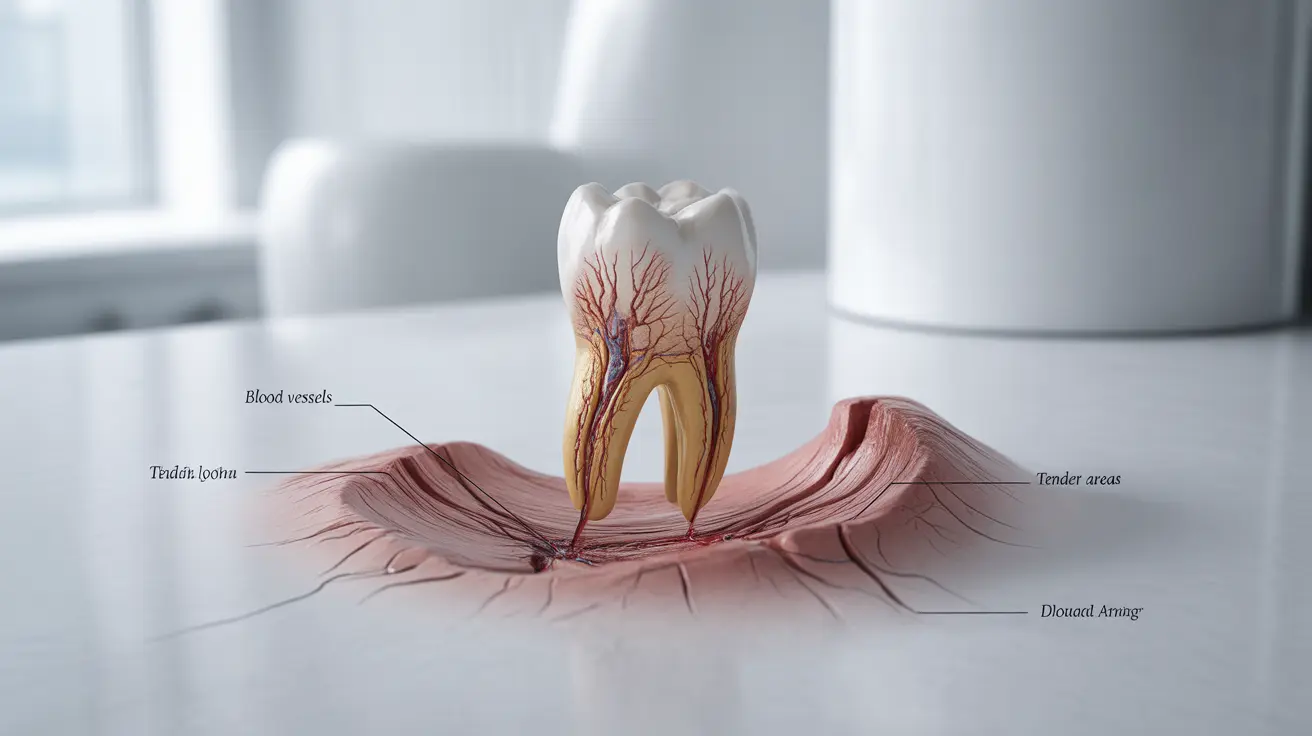A bruised tooth, also known as tooth concussion, occurs when trauma or injury causes damage to the tooth's surrounding tissues and blood vessels. This condition can be painful and concerning, but understanding its causes, symptoms, and treatment options can help you manage the situation effectively and prevent further complications.
While a bruised tooth may seem alarming, it's important to know that with proper care and attention, most cases can be successfully treated. This comprehensive guide will help you understand everything you need to know about bruised teeth, from identification to recovery.
Signs and Symptoms of a Bruised Tooth
Recognizing the symptoms of a bruised tooth is crucial for seeking appropriate treatment. Common indicators include:
- Tooth sensitivity to hot and cold temperatures
- Pain when biting or chewing
- Discoloration of the affected tooth
- Tenderness around the tooth and gums
- Mild swelling in the surrounding area
These symptoms may vary in intensity and can develop immediately after an injury or appear gradually over time. If you experience any of these signs, it's important to monitor them closely and seek professional dental care when necessary.
Common Causes and Risk Factors
Understanding what leads to a bruised tooth can help you prevent future injuries. The most frequent causes include:
- Sports-related impacts
- Falls or accidents
- Biting down on hard objects
- Car accidents
- Physical altercations
- Grinding teeth (bruxism)
Prevention Strategies
To minimize the risk of developing a bruised tooth, consider these preventive measures:
- Wear a mouthguard during sports activities
- Avoid biting hard objects or foods
- Use protective gear when participating in high-risk activities
- Address teeth grinding with proper dental appliances
- Maintain regular dental check-ups
Treatment Options and Recovery
The treatment approach for a bruised tooth depends on the severity of the injury. Many cases can be managed with conservative treatment methods:
Home Care Measures
- Apply cold compresses to reduce swelling
- Take over-the-counter pain relievers
- Eat soft foods temporarily
- Avoid extreme temperature foods and beverages
- Practice gentle oral hygiene
Professional Treatment
A dentist may recommend various professional treatments depending on the extent of the injury:
- Dental X-rays to assess damage
- Splinting to stabilize the tooth
- Root canal therapy if necessary
- Regular monitoring of tooth vitality
- Prescription medications for pain management
Recovery Timeline and Expectations
The healing process for a bruised tooth typically takes several weeks, though individual cases may vary. During this time, the tooth's color may change and gradually return to normal as healing progresses. Most patients experience improvement in symptoms within 1-2 weeks with proper care and treatment.
Frequently Asked Questions
What are the common causes of a bruised tooth and how can you prevent it?
Common causes include sports injuries, accidents, and biting hard objects. Prevention involves wearing protective gear during sports, using mouthguards, and avoiding biting hard substances. Regular dental check-ups can also help identify and address potential risk factors.
How do you treat a bruised tooth at home, and when should you see a dentist?
At home, use cold compresses, take over-the-counter pain relievers, and stick to soft foods. See a dentist immediately if you experience severe pain, significant discoloration, or loose teeth. Professional evaluation is crucial for proper diagnosis and treatment planning.
What are the key differences between a bruised tooth and a cracked tooth?
A bruised tooth typically involves damage to the surrounding tissues and blood vessels, while a cracked tooth has actual structural damage to the tooth itself. Bruised teeth often show discoloration and sensitivity, while cracked teeth may have visible lines and more severe pain when biting.
Can a bruised tooth heal on its own, and how long does recovery typically take?
Many bruised teeth can heal on their own with proper care, typically taking 2-4 weeks for recovery. However, professional monitoring is important to ensure proper healing and prevent complications. The exact recovery time varies depending on the severity of the injury.
What are the symptoms of a bruised tooth, and how is it diagnosed?
Symptoms include sensitivity to temperature, pain when biting, discoloration, and tenderness. Diagnosis typically involves a dental examination, X-rays, and vitality tests to assess the extent of the injury and rule out other dental problems.




